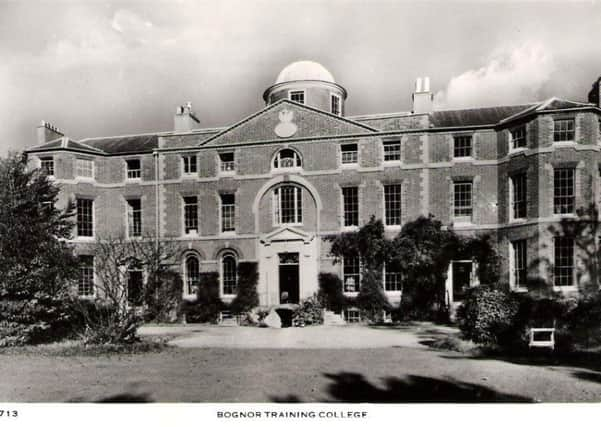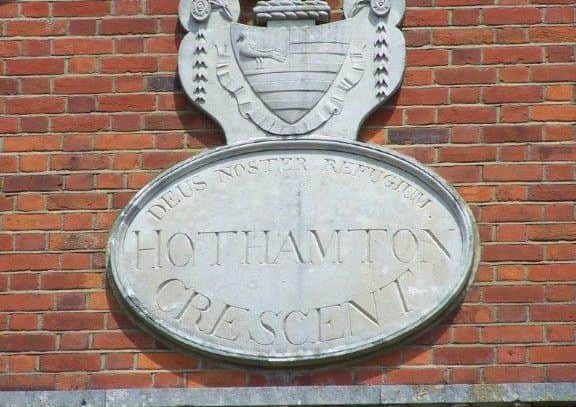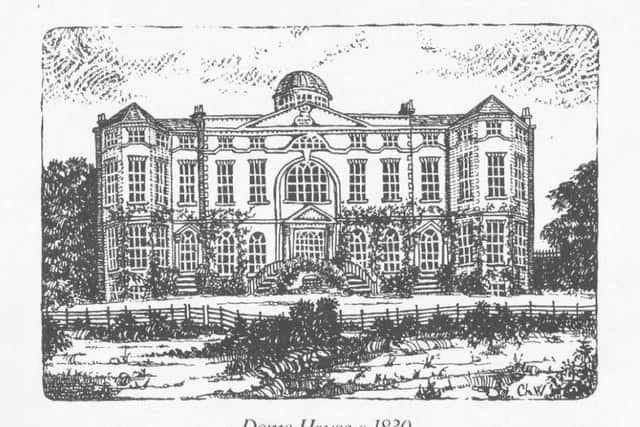Buildings were constructed with royal visitors in mind


Unfortunately royalty never arrived in the numbers he had hoped, but the constructions still stand testament to his ideas.
However, are you aware of the buildings he had constructed? They overlook Hotham Park, many of which are shielded by hedges and therefore this week I felt we should take a look at just some of his buildings.
Advertisement
Hide AdAdvertisement
Hide AdStarting in the centre, we can just see Dome House, overlooking the Upper Bognor Road, which was originally one of three buildings forming Hothamton Crescent. This building was constructed around 1792 and it was here that Sir Richard had anticipated George III would stay, but he never did.


In 1796, the Prince of Wales, later George IV, stayed for a couple of weeks. From 1807-11, it was the holiday home of the Prince Regent’s daughter, Princess Charlotte. It is constructed of multi-coloured brick and the imposing front is surmounted by a pediment on which is mounted a stone carving of the coat of arms used by Sir Richard Hotham.
Over the years, photographers and artists have used the entrance to this building, with its simple flight of steps and patterned railings, to illustrate their art.
An early report stated that ‘independent of the size and convenience of the apartments, which are elegantly furnished, the sea and land prospects from them are so beautiful and extensive’. The report concluded that ‘from the Dome the Isle of Wight is seen majestically rising from the ocean’.
Advertisement
Hide AdAdvertisement
Hide AdThe building has been referred to as being the ‘best example of late 18th-century works in any seaside town in Sussex’, by Anthony Dale who was an architectural historian.


It is thought the architect was Richard Jupp, who was a surveyor to the East India Company, of which Sir Richard Hotham was a director. The Dome is 123 feet long and originally had 50 rooms. At one time there was a tearoom situated under the very unusual central dome.
The building eventually became private residences in the period before 1946, when it was purchased and used as an emergency teacher training centre to provide a one-year course for men and women from the Armed Forces, who wished to enter the teaching profession on their return to civilian work.
At the opening of the training college by Sir John Maud, CBE (permanent secretary to the Ministry of Education) he commented that the ‘event was of no little local interest’. I wonder what he meant by that comment?
Advertisement
Hide AdAdvertisement